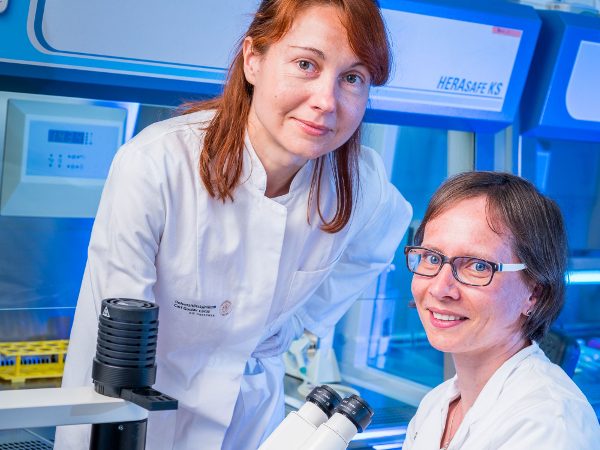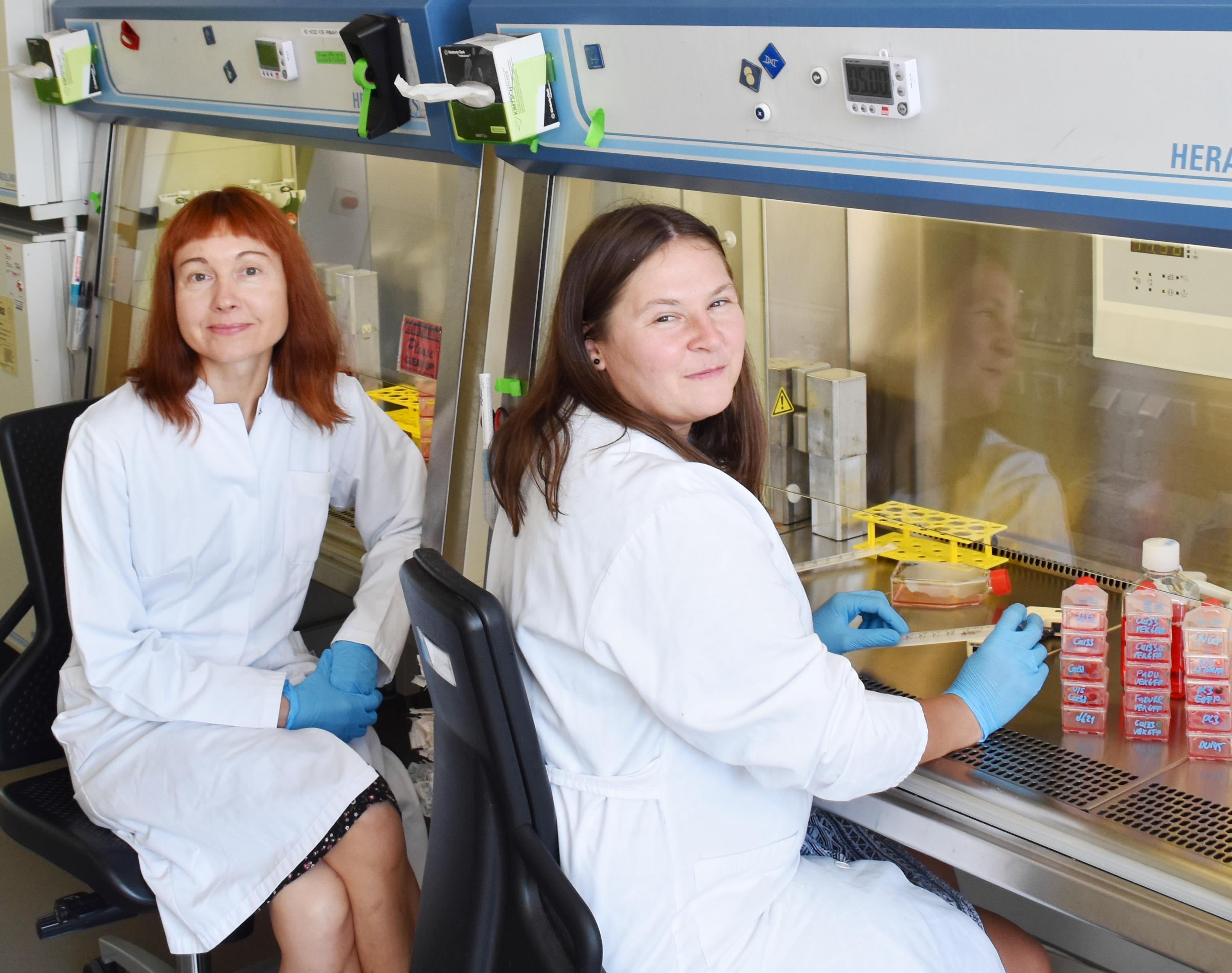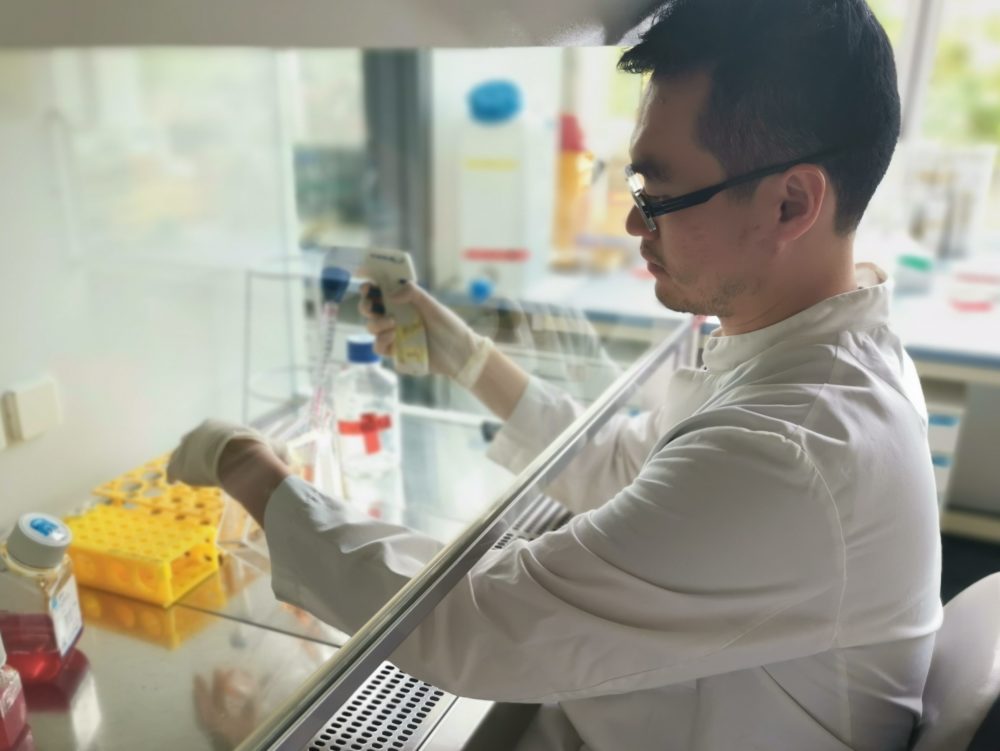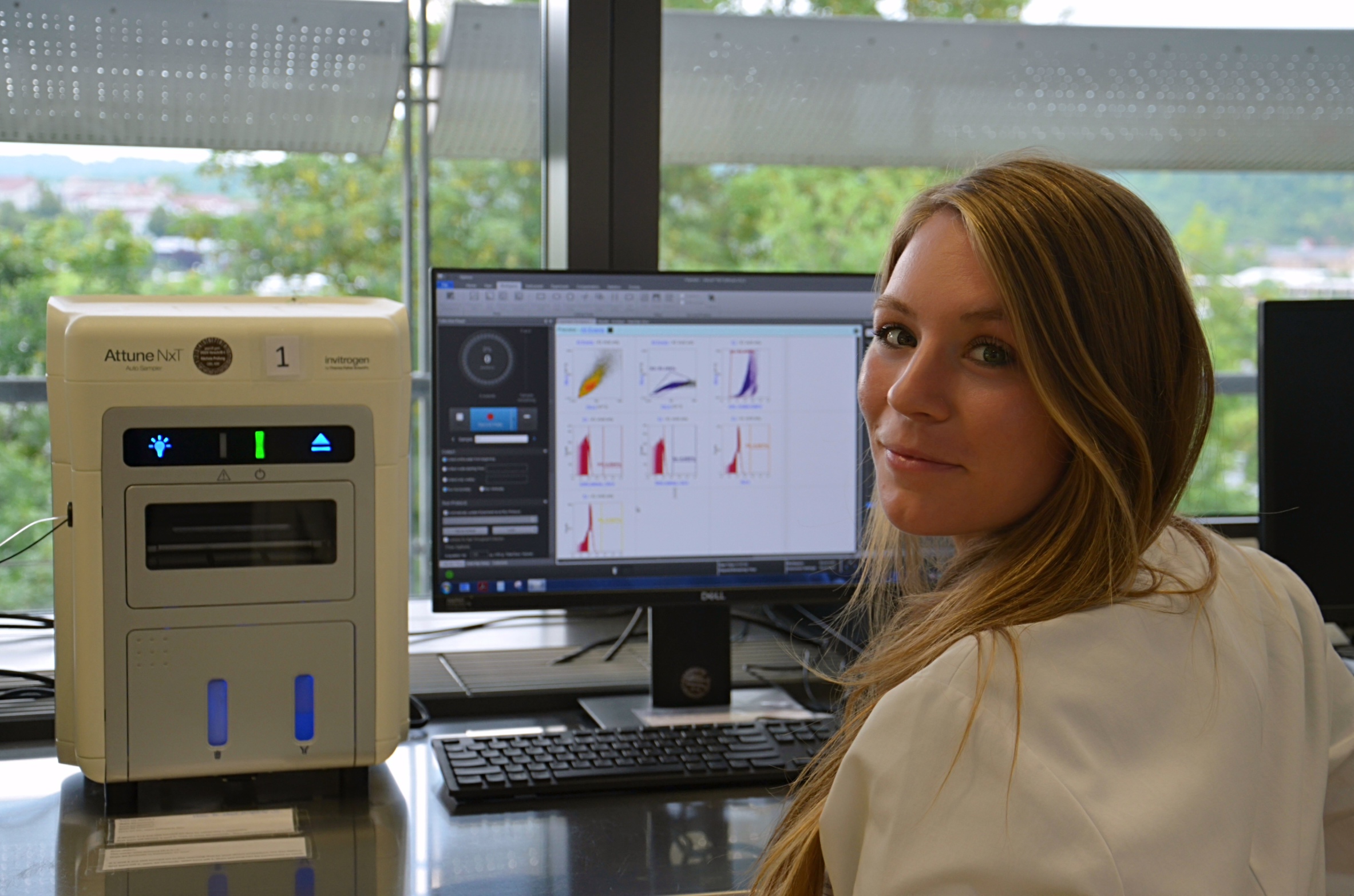by Prof. Anna Dubrovska and Dr. Claudia Peitzsch, OncoRay – National Center for Radiation Research in Oncology, Dresden; Prof. Mechthild Krause – Universitätsklinikum Carl Gustav Carus Dresden and Prof. Michael Baumann – DKFZ Heidelberg
How did we get to research in this area?
Radiotherapy is one of the mainstays of curative treatment for many types of cancer including prostate cancer (PCa). Our groups are working on identifying tumor signaling mechanisms and biomarkers which can be used to aid cancer prognosis and to improve efficiency of radiotherapy. The mechanisms that are deregulated in cancer stem cells (CSC) are of special interest because CSC maintain and propagate the tumor mass and induce tumor relapse if not eradicated by cancer treatment. Metastasis formation can be considered as an evolutionary process within CSC populations. This process results in the development of the cell inherent traits that favor tumor dissemination. We hypothesize that CSC-related signaling pathways play an important role in the development and treatment response of PCa bone metastases.
What are we currently doing?
The aim of our project is to identify the mechanisms which initiate bone metastasis and their response to radiotherapy. We are investigating these processes using the panel of in vitro and animal models, patient material and corresponding omics and clinical data.
Why do we do what we do?
If PCa spreads to bone, it is associated with a high morbidity and at further dissemination also with mortality. Understanding the mechanisms of PCa bone metastases is of utmost clinical importance to prevent and efficiently treat this aggressive disease.
What is the fascination in our job?
The clinical demands for the treatment of metastatic PCa are significant but, as yet, the mechanisms of metastasis development are barely explored. We are fascinated to work in this important new area together with many prominent scientists from across Germany and hope that our findings will open up an avenue for clinical translational studies.

Bildquelle: HZDR / A. Wirsig

Bildquelle: Tobias Schwerdt




